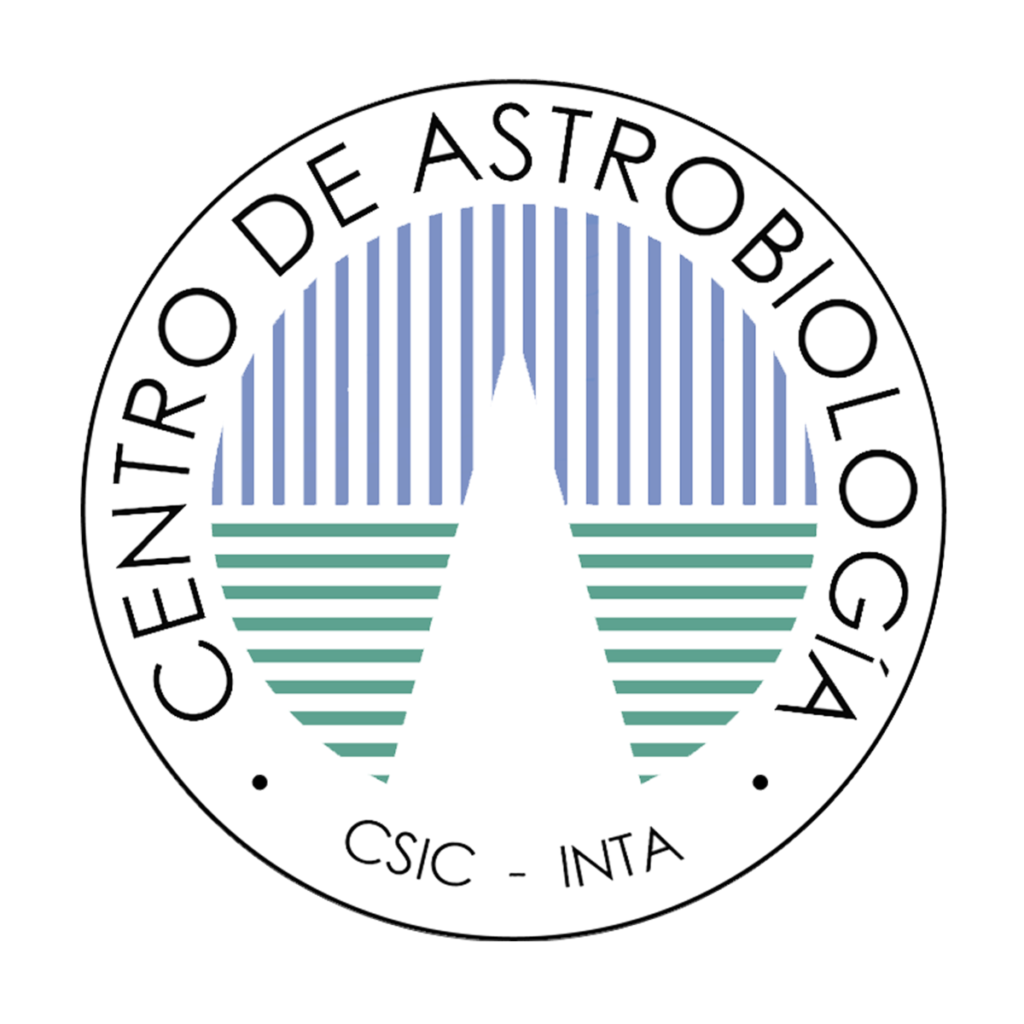

2023 – 2024

The EAI ACADEMY is an international educational program organized and disseminated by the Centro de Astrobiología (CAB), CSIC-INTA, Madrid, with the support of the European Astrobiology Institute (EAI). It provides a framework to meet online with the international astrobiology community and gain interdisciplinary knowledge through a series of seminars given by experts in these fields. The Academy’s audience connects from over 32 countries and all continents, with an average participation of 120 attendees per seminar. Previous editions are accessible through the CAB youtube channel(2021-2022, 2022-2023).
The EAI Academy program for the 2023-2024 academic year will start this October 4. The seminars are offered free of charge and will be streamed online via zoom every two weeks on Wednesdays from 15:00 to 16:00 CET (Madrid time). The talks will be given by world-renowned experts, who will answer questions posed by the audience after their presentation. All seminars will be recorded for future availability on the CAB youtube channel.
At the end of the academic year, CAB awards a certificate of participation to those who attend a minimum of 10 seminars. In order for us to track attendance, you will need to enter your name and affiliation in the seminar chat when you enter the room (Zoom).
Registration is now closed.
Dr. Armando Azua Bustos
Centro de Astrobiología (CAB), INTA-CSIC, Madrid
Spain
The evolutionary tree of life
October 4th, 2023
Dr. Nora Noffke
Old Dominion University, Norfolk, Virginia
USA
Traces of early life on Earth
November 15th, 2023
Dr. Silvana Pinna
Institut de Science et d'Ingénierie Supramoléculaires (ISIS), Université de Strasbourg, Strasbourg
France
Prebiotic chemistry and the carbon cycle
February 7th, 2024
Dr. Nadia Balucani
Dipartimento di Chimica, Biologia e Biotecnologie, Universita' degli Studi di Perugia, Perguia
Italy
Prebiotic chemistry and the carbon cycle
February 21st, 2024
Dr. Lena Noack
Planetary Geodynamics, Institute of Geological Sciences, Freie Universität, Berlin
Germany
Evolution of planetary environments
April 3rd, 2024
Dr. Juan Pérez-Mercader
Senior Research Fellow, Harvard University. Cambridge, Massachusetts. USA & Profesor de Investigación in Spain's National Research Council (CSIC)
Spain
The evolutionary tree of life
April 24th, 2024
Dr. Ludmila Carone
Space Research Institute (IWF), Austrian Academy of Sciences, Graz
Austria
Evolution of planetary environments
May 29th, 2024
Fulvio Franchi
Università degli Studi di Bari - Aldo Moro
Italy
June 12th, 2024






